A Cycling Salmon and the Columbia River Treaty
This weekend, Graeme Lee Rowlands reached the end of an impressive six-week journey across the Columbia Basin.
Calling himself “the anadromous cyclist”(in reference to the Columbia River’s spawning fish), the 22-year-old university student has spent the past month cycling up the river – from its mouth near Portland, Oregon, to the source at Columbia Lake. The 2000-kilometer-plus adventure has proven to Rowlands that the great river is about more than the sum of its parts.
“My journey has helped me shape an understanding of the Columbia River as a whole watershed, rather than as segments of various interest group advocating for their own interests,” Rowland explained to me during a stop in Nelson last week.
An American who grew up in Oakland, California, Rowlands has been studying water resources at Quest University in Squamish, B.C. for the past four years. During that time, his studies have been focussed on a central question, “How do we shape water and how does it shape us?”
Cycling in mid-summer has been a challenge. He drinks up to 10 liters each day as he pushes the pedals on a 40-year-old road bike that he has taken apart and fully restored more than once. When he reached the desolate stretch of road along the Columbia River as it passes through the Hanford Nuclear Weapons Station, he had a challenge. The heat was intense and there were no services for 90 miles. He set his alarm for 12:30 a.m. and started to ride during the coolest part of the night. Dawn found him on the shores of the great river, watching the light rise over a sea of sagebrush.
“That was a memorable moment,” he said.
A day or so later, he rolled into the town of Mattawa, Washington, exhausted. He encountered a world of Hispanic-speaking migrant cherry pickers that he will remember for their warmth and generosity. No one spoke more than a few words of English, but once they figured out what he was doing, they paid his food bill at a local juice bar and helped him cool down with more home-cooked meals and a place to camp, before sending him on the next day.
For Rowlands, this adventure has been a hands-on complement to his abstract research about the Columbia River Treaty and its challenges. Open-minded and curious, he has talked to and met with many different people along the river, representing all aspects of the water’s use: power producers, farmers and irrigators, tribal entities working on salmon restoration, displaced residents and people interested in restoring some ecological values to the system.
Once he arrived in British Columbia’s Arrow Lakes valley, he visited the Spicer Farm in Nakusp, where the family lost its 10-acre organic farm as a result of the Keenleyside Dam. Talking with Janet Spicer reminded him of some of the tragic losses, and the need to consider the river as a natural system in need of healing. Rowlands reached Mica Dam early this week. He was undeterred by the road coming to an end at the Kinbasket Reservoir. Not wanting to miss one kilometer, he switched his bike for a kayak and spent four days paddling through the largest of the Columbia River Treaty reservoirs.
“It’s a really beautiful place, but also really industrial,” he said of the flooded valley. “Signs are everywhere of intensive logging, and of course the water is completely controlled for human interest.”
Known for its changeable weather and isolation, the reservoir behind Mica Dam had Rowlands’ full atttention, so that he could make wise choices. Paddling 5-6 hours/day before the strong afternoon winds started to blow, he always managed to find a beach to camp on the otherwise steep-sided and largely unwelcoming shoreline.
As I have followed Rowlands through social media (https://www.instagram.com/theanadromouscyclist/) and touched base with him by phone throughout the Canadian portion of his journey, I have no doubt that it exemplifies the best path forward for the Columbia River and its treaty discussions. A successful re-think of the river’s operations will involve people learning from each other, taking time to know and understand different parts of the watershed first-hand, and putting gratitude for water at the forefront.
Rowlands arrived at the Columbia headwaters Sunday.
For more about Rowlands, go to https://graemeleerowlands.com/



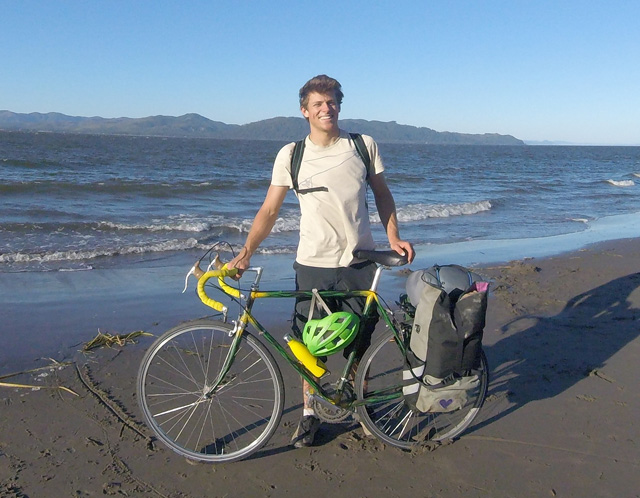

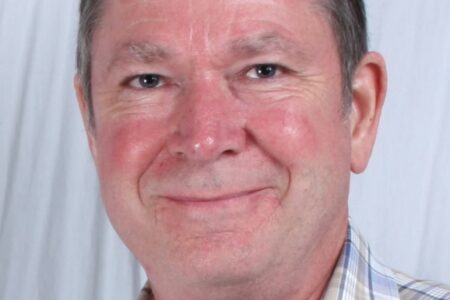


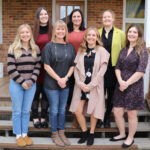














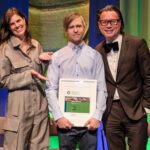

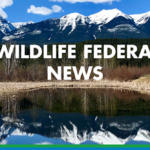
Comments